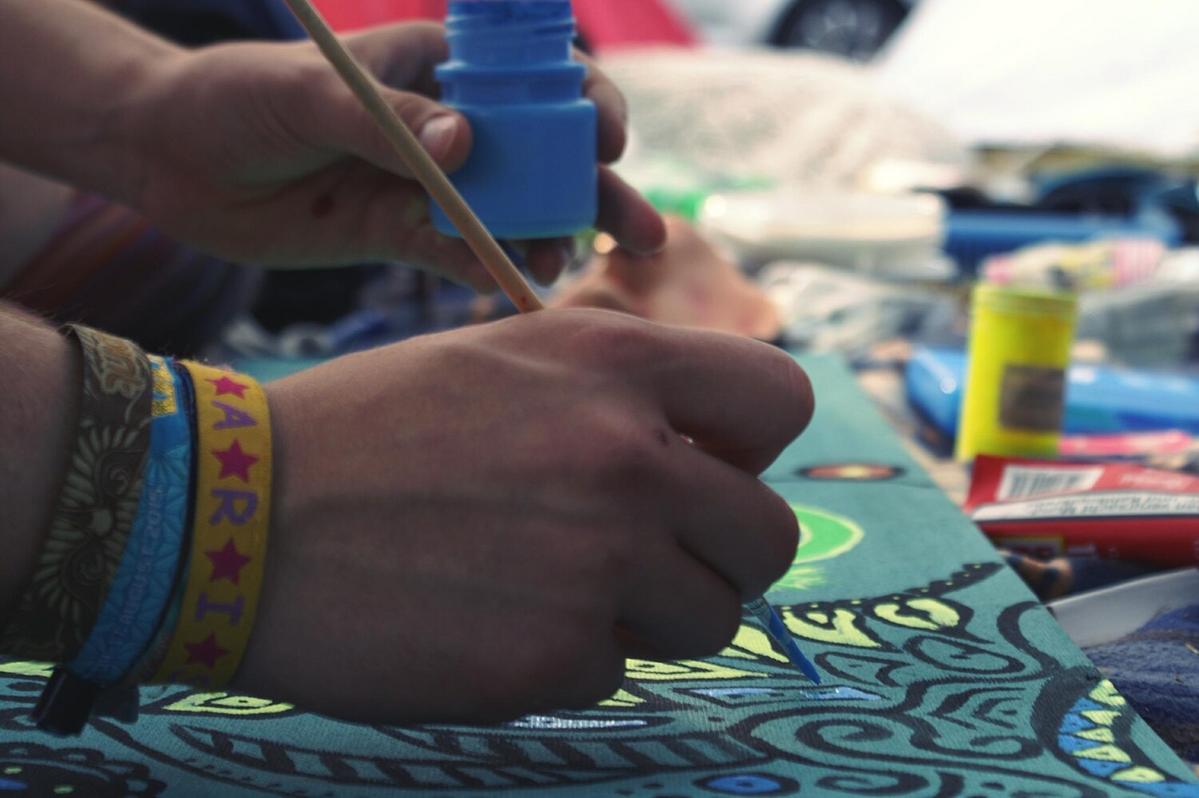The vibrant world of contemporary design is continually evolving, drawing inspiration from a myriad of sources. Among these influences, Indigenous art stands out for its profound impact, offering a rich tapestry of cultural heritage and creativity that modern designers increasingly incorporate into their work.
Understanding the Impact
Indigenous art, with its deep cultural roots and expressive forms, provides a unique lens through which contemporary design is viewed. The integration of Indigenous motifs, patterns, and philosophies into modern design not only enriches the aesthetic appeal but also promotes cultural appreciation and awareness.
Expert Insights
Design expert Maria Lopez has noted, “The inclusion of Indigenous elements in contemporary design allows for a dialogue between tradition and modernity, creating a bridge that respects and celebrates cultural diversity.” This perspective is shared by many in the design community who see the blending of these elements as a way to honor and preserve Indigenous cultures.
Statistics and Research Findings
According to a report by the World Design Organization, over 60% of contemporary designers have acknowledged the influence of Indigenous art in their work. This trend reflects a growing appreciation for cultural diversity and the unique perspectives that Indigenous art brings to the design table.
Real-World Examples
In the fashion industry, designers often draw inspiration from Indigenous patterns to create clothing lines that are both modern and culturally resonant. For example, the use of traditional beadwork and weaving techniques has become a popular trend, merging history with contemporary style.
Actionable Tips for Designers
- Study Indigenous art forms to understand their cultural significance and aesthetic principles.
- Collaborate with Indigenous artists to ensure authenticity and respect for cultural values.
- Incorporate Indigenous motifs subtly to enhance design without overshadowing the original art form.
Indigenous Art in Different Design Areas
| Design Area | Indigenous Influence |
|---|---|
| Fashion | Beadwork, weaving, natural dyes |
| Architecture | Natural materials, sustainability principles |
| Interior Design | Textiles, color palettes inspired by nature |
| Graphic Design | Symbolism, storytelling |
| Product Design | Craftsmanship, functionality |
| Jewelry | Symbolic motifs, traditional techniques |
| Furniture | Wood carving, ergonomic designs |
| Home Decor | Patterned fabrics, cultural symbols |
Frequently Asked Questions
How can designers ethically incorporate Indigenous art?
Designers should seek permission, collaborate with Indigenous artists, and ensure cultural elements are used respectfully, providing credit where due.
What are some common Indigenous motifs used in design?
Common motifs include geometric patterns, animals, nature-inspired designs, and symbols that hold cultural significance.
Final Thoughts
Indigenous art continues to shape the landscape of contemporary design, offering rich narratives and aesthetic depth. By embracing these influences, designers can create works that are not only visually stunning but also culturally meaningful. As the design world moves forward, the integration of Indigenous art will undoubtedly play a crucial role in fostering a more inclusive and diverse creative industry.


Leave a Reply